The Best Watercraft/Boat Insurance Coverage in Florida
Boat Insurance
Wherever you are going, be sure you are not sailing to the Ocean of Worries. If your boat is not insured the right way, you may be sailing straight into it. Whether you own a leisure yacht, a sailboat, a kayak, or just a personal fishing boat, you must seriously consider the options for insuring your watercraft.
Insurance is generally seen as a wise move, as there are many risks to traveling the open seas. Besides the mighty forces of nature, your boat is also prone to mechanical damage, physical issues, and theft. If you own a watercraft, this article will help provide you with the most fundamental concepts, insurance policy coverage options, and things you need to do to insure your boat wisely. It will also run you through the different types of insurance available and the factors that affect the insurance policy you may get.
So, whether you are a first-time boat owner or an old salt who just doesn’t know what insurance policy to get, let’s get started.

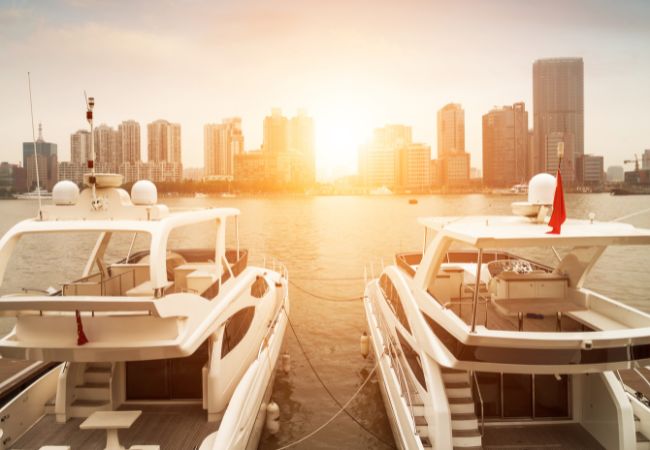
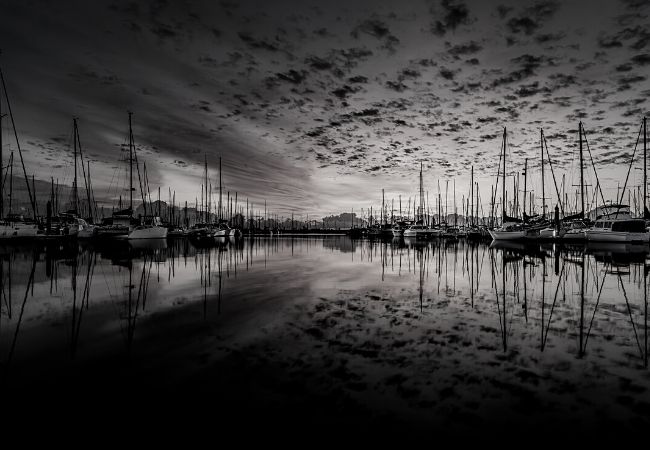
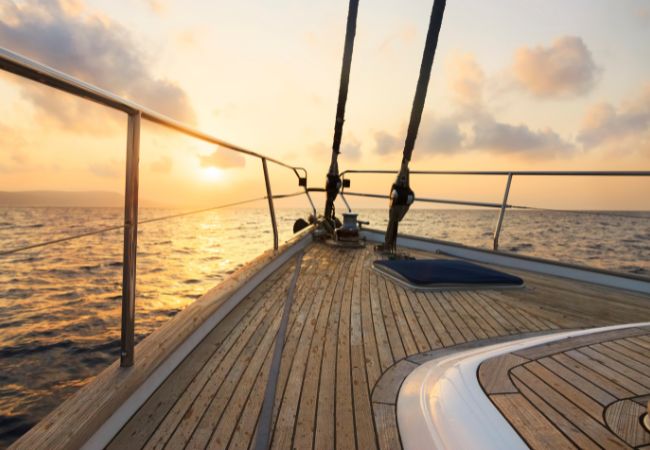
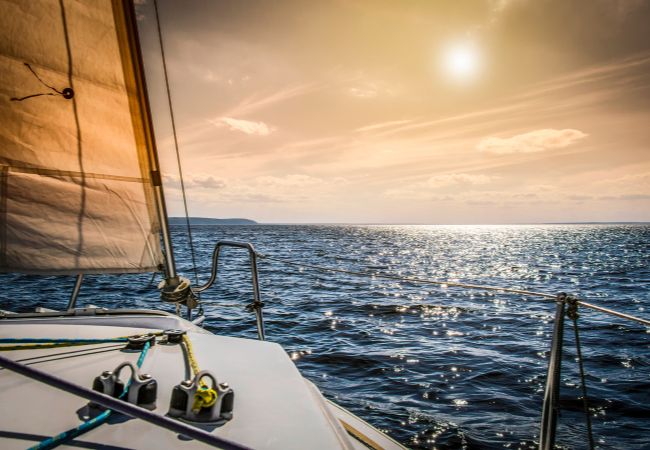


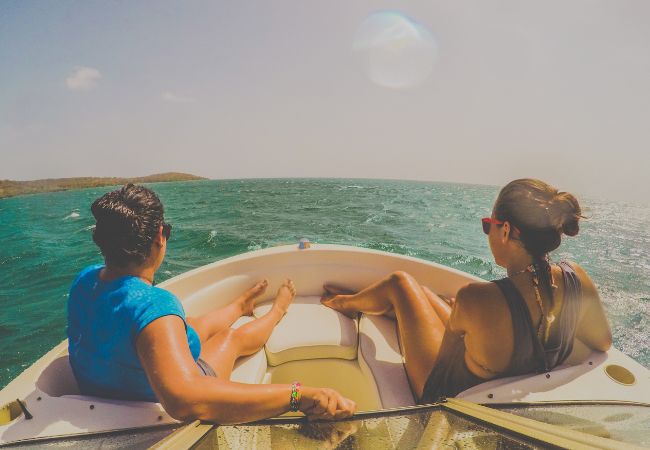
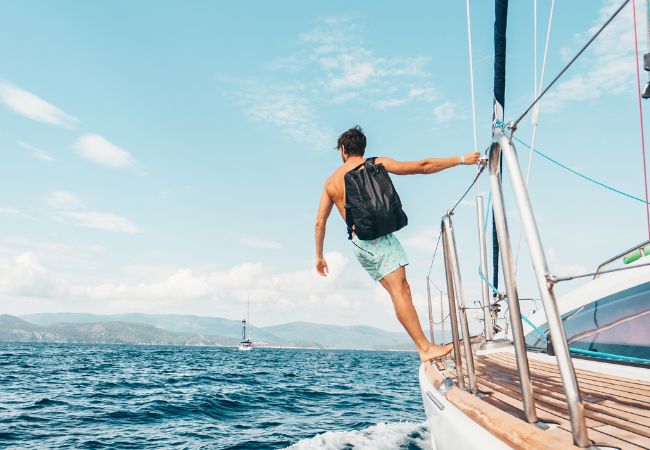
Boat Insurance 101: Sailing Through the Basics
As with other insurance policies, when you purchase watercraft insurance you are entering a contract between you as the policyholder and the insurance company that hosts your chosen policy. This means you agree to pay the premium and the company agrees to pay for damages to your boat or for any needed replacements so your boat can function normally.
Here are some of the leading reasons why boat owners insure their boats.
- Accidents that involve the boat colliding with another boat, a harbor, or other floating objects
- Weather-related risks such as windstorm, hailstorm, high waves, and lightning
- Unforeseen incidents such as fire
- Vandalism while docked
- Theft of items inside the boat
- Damage due to mechanical failures
These perils present a substantial risk to your boat, so getting a comprehensive insurance policy may be your best option.
Why is this a wise move?
Generally, if you are at fault, your insurance policy will cover the damages incurred by all parties involved according to your policy’s limits. If another boat-owner is at fault, their insurance policy will cover all damages.
Now, you may ask, what is covered by boat insurance?
The next part will discuss the two main sections of a typical boat insurance policy.
Basic Insurance Coverage
In a typical insurance policy, the company agrees to two basic coverages.
Physical Damages
This coverage refers to any damages that are caused by accidents involving the boat. It covers damage to the boat or its machinery such as the hull, the prow, the sail, the lines, and the anchor, to name a few. It also covers personal equipment, tools, personal property, and other necessary equipment such as navigational and signaling devices.
The coverage for physical damage includes almost all perils stated above, such as nature-caused damages. Some insurance companies have limited coverage for hailstorms, but most of them cover wind, lightning, waves, and rain. Your policy will also cover damages brought about by incidents such as collision and sinking.
However, most policies only include coverage when your boat is in the water. But this does not necessarily mean that you cannot go the extra mile and insure your boat while it is dry-docked or being transported over land.
Also, policies typically do not cover wear and tear of the boat and its machinery. You have to make a habit of securing and maintaining your boat to minimize these damages.
Liabilities
This coverage concerns the responsibility that the policy-holder has to a third party. You can use it in any untoward incidents that result in loss of life or physical injury to other persons. Liabilities can also cover damages done to other parties’ properties, such as their boats or other floating devices. If another party involved sues you for your involvement in the incident, liability coverage can also pay for your legal fees.
Basic Insurance Coverage Breakdown
Aside from the central concepts stated above, here is some additional information you may need to know regarding these two basic insurance coverages.
- Physical Damage Coverage Agreed Value and Actual Cash Value
In physical damage coverage, you will likely be introduced to the two terms above: the agreed value and the actual cash value. Both of these have advantages and disadvantages to you as the policyholder.
The former gives you the security that all value stated in the policy should be paid if your boat cannot be used further after an incident—if the boat is a total loss. And, if only some of the equipment is damaged, then it will be replaced. Some of the more heavily used equipment, such as sails and canvas, can be subject to depreciation rates because they are more prone to wear and tear.
Actual cash value, on the other hand, concerns market trends and depreciation. In the event of a total loss, the provider will look for the current market price of your boat, considering depreciation. In a partial loss, it will also take into account parts depreciation when determining your replacement cost.
Comparing the two side by side, agreed-value coverage generally costs more than an actual cash value policy because it offers more security and coverage.
- Liabilities Coverage Extra Features
Being involved in an unfortunate incident is no simple thing. Taking into account the gravity of the situation, it can take more than just settling the costs and sailing away from worries.
In reality, you should be prepared in case the boat is totally wrecked. Then, you may need to have the wreck removed and disposed of. This is especially true if the incident happened on a frequently used navigation route where it will be deemed a hazard.
Some incidents may even cause hazards to the environment; for example, the oil tank may cause water pollution. If you carry other types of hazardous material these may be potentially harmful to marine organisms.
These are must-haves for your liability coverage in your chosen insurance policy. It is better to check beforehand if they are covered so you won’t be surprised as you watch the damages—and the hefty costs—unfurl before your eyes.
Additional Coverage for a Complete Insurance Policy
Aside from the basic coverage, here are some must-haves if you want zero issues in your sailing experiences.
Personal Property Coverage
This type of coverage refers to the personal affects that you keep in your boat. These things may include important pieces of clothing, sailing tools, fishing and sports equipment, and other private belongings. You can insure these while they are on your boat or while you are transferring them into or from your boat.
Medical Fees Coverage
As our most used phrase goes, accidents happen even to the most cautious people. We adamantly advise that you make sure your insurance policy includes a clause for medical payments.
This does not necessarily refer to accidents where you are responsible—it basically covers anything that happens in your boat that may require medical attention. This covers all the fees from the ambulance to the emergency room treatments, first aid treatments, and other related costs.
Medical payments can also cover persons who are just boarding or leaving your boat or others who are being hauled, such as while water-skiing or on another boat.
It is important that you safeguard the health and security of you, your family, and your guests while they are within the realm of your boat.
Emergency Assistance Coverage
If you have experienced an incident and your boat is no longer sail-worthy, then you will need emergency assistance and towing services.
This type of coverage will pay off the fees that you have expended for towing services, delivery services for oil and water, and emergency labor to your boat. This can be handy when untoward incidents happen.
Uninsured Third-Party Coverage
Though getting boat insurance is a wise choice, many states do not require you to have a policy. Thus, there are still large numbers of boaters who operate and sail without insurance. And being involved in an incident with one of them is one of the most head-scratching experiences that you can have. Thus, you should include coverage specifically designed for such situations. In this type of coverage, any payments and costs that result from the injuries you sustain will be reimbursed, considering that the uninsured operator is at fault.
Comprehensive Coverage
This type of coverage includes all damages caused by factors other than colliding with another boat or with a harbor: theft, vandalism, and other forms of damage.
Frequently Asked Questions
Most frequent questions and answers
Is the engine of my boat insured as well?
Damage to the engine is typically covered by insurance companies. Most of them look into the age of the engine itself. Some insurance providers exclude machinery damage from their insurance coverage, citing the presence of depreciation. This concept mainly says that as the machinery ages, its value decreases. So it’s best to talk to your chosen insurance provider about whether your policy covers your boat engine to avoid unwanted issues.
Are the boat's occupants covered by insurance?
Quick answer: yes, they are.
Under the liability coverage, both the owner of the boat and the passengers are covered in the event of an accident. However, “passengers and occupants” may typically refer to the individuals who are physically on the boat.
This may not include those who are pulled behind the boat, such as water skiers or gliders. It is wise to talk to your insurance provider to clear up these issues.
Are personal items I bring in the boat covered by insurance?
Most comprehensive insurance policies cover the boat if it is stolen. If there are personal items in the boat during its theft, these items may be covered as well.
However, it all depends on your insurance provider. Talk to them to clarify this situation.
What is typically excluded from an insurance policy?
Though insurance policies cover the majority of things that may happen to your boat, there are still a number of situations excluded:
- Normal wear and tear on your boat that results from normal usage
- Natural damages incurred through interactions with marine life such as sharks, whales, and mermaids (yes, you’ve read that right!)
- Accessories such as navigation and sailing gear, GPS, and anchors are not commonly included in an insurance policy.
- Machine damage due to improper use, lack of proper maintenance, and self-deterioration after long and continued use
- Natural infestations such as those brought about by mold, barnacles, and mussels
- Operators who are not included in the policy
- Damages resulting from improper transport and storage of the boat—for example, damages caused when unloading it from a trailer
- Sports and competitions-related damages such as when you are racing your boat
- Damages incurred when operating beyond the navigation limits of your boat
It is important to note that you still need to talk to your chosen insurance provider to choose the right coverage for you, and you may find options that do cover the exclusions listed above. Depending on the insurance provider’s approach, your wish may be granted under special considerations.
My boat is modified and my engine is upgraded. Will it still be covered by an insurance policy?
Each company has different requirements and specifications on boat modifications. Usually, they require you to prove coverage. As to an upgraded engine, the HP of the engine can and will certainly affect your premium and insurability.
However, it all depends on your insurance provider. Talk to them to clarify this situation.
Boat Insurance: A Wider Perspective
Aside from the basic concepts presented above, here are some of the more technical aspects of boat insurance.
Factors Affecting the Cost of Boat Insurance
Generally, the cost of boat insurance varies by the combination of these factors:
- Your geographical location (the state where you live)
- The size, type, and age of your boat
- The HP and size of your engine
- Whether it is for inland water use or the open seas
- Technical equipment needed for operating the boat
- Additional coverage purchased
Typical Flow of Insurance Claims
Right after an incident, your insurance policy will start to kick in. Generally, the claim flow starts with the medical payments, such as those for emergency fees. Next is for the liability claims, and the third will be for medical insurance.
Coverage Limits and Umbrella Policy
Most of the time, an umbrella policy is maintained by boat owners to cover the fees above their coverage limits.
For instance, if you are carrying more people than the number your insurance covers, your umbrella policy will kick in as soon as the limits of your other policies are used up. Some states require minimum liability coverage of $100,000 before your umbrella policy can start its wonders.
Umbrella policies often vary from state to state, so it is wise to consult with your agent about the generally required specific liability limits. The HP and the size of your boat will also affect the liability requirement you need to meet.
If you need help understanding your current policy, reach out to an independent DLR insurance group agent today.
Ready to acquire boat insurance or to upgrade your current policy, call us at (941) 361-1532. We’ll be more than happy to help you be insured and safe as you sail through the Gulf of Mexico, Caribbean Sea or Altantic Ocean. We wish you safe sailing ahead!
